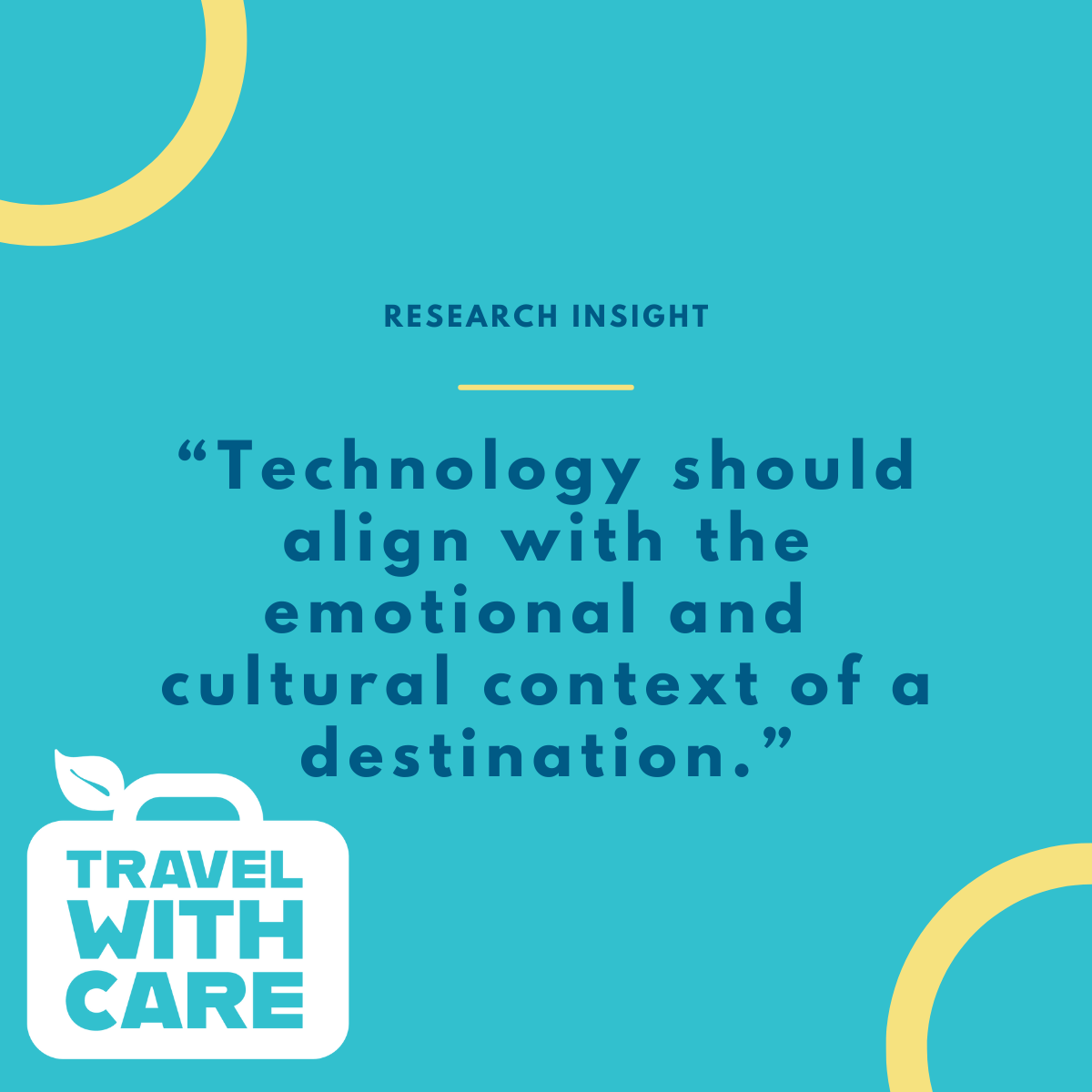
16 Jun When AI Meets Tourism
Just because we can bring history to life with AI, should we? As digital resurrection technology enters the tourism space, it offers unforgettable experiences… but only when used in the right emotional and cultural context.
Digital resurrection technology is a form of generative artificial intelligence that recreates realistic human likenesses of deceased individuals using existing materials such as photographs, sculptures, voice recordings, or texts. These digital personas can appear lifelike and are capable of interacting with tourists, offering immersive and emotionally engaging experiences.
The technology has been used in tourism settings like museums, where historical figures are brought “back to life” on screens to interact with visitors. For example, the Hunan Museum in China revived “Lady Xin Zhui” to enhance cultural storytelling.
A study by Wang et al. (2025) found that digital resurrection technology enhances tourist engagement and word of mouth at non-serious destinations (e.g., film museums or theme parks), where immersive and interactive experiences are welcomed. However, in serious destinations (e.g., religious sites or dark tourism locations), this same technology can provoke moral disgust and damage the destination’s reputation.
For DMOs, this underscores the importance of using emerging technologies like AI and digital human simulations responsibly and contextually. Tailoring tech-enhanced experiences to the destination’s character can foster meaningful engagement while avoiding ethical missteps that compromise cultural integrity.
The study can be found here.
Wang, Y., Guo, R., Song, M., & Law, R. (2024). Digital resurrection technology in destination promotion. Annals of Tourism Research, 110, 103888. https://doi.org/10.1016/j.annals.2024.103888

